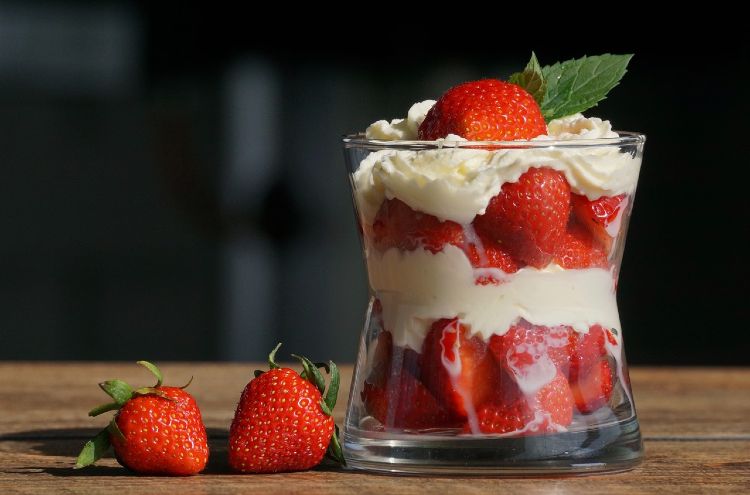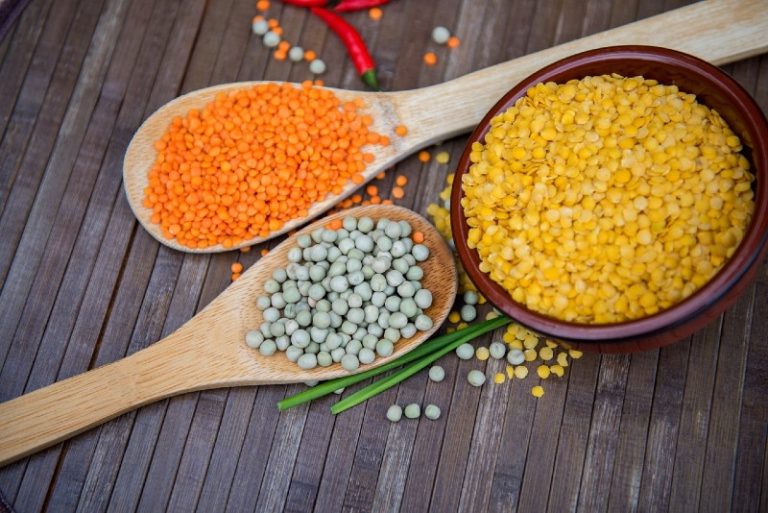The Culling and Butchery of Deer at Houghton Hall in Norfolk
I am not sure what I expected to feel when holding the still-warm heart of one of the rarest deer in the world. An animal that I’d just seen shot. I knew I wouldn’t find it gruesome – I have spent enough time gutting fish and butchering whole carcasses not to be repelled by the visceral reality of organs, body parts and unprocessed meat.
I would not have anticipated being sad either, and indeed I wasn’t – I have always been relatively matter of fact about the life and death of animals, be they pets, animals raised for sustenance, or wild creatures.
Had I thought about it in advance though, I probably wouldn’t have imagined that my feelings could be summed up by the words ‘wonder’ and ‘respect’. Not least because, being a wannabe alpha male, I hate to admit any form of emotion, even to myself, and I certainly frown on effusive conduct.
But, really, there was genuine wonder at the physical beauty of the organ in my hand, and at the concept of this thing having just 15 minutes before been the life force of a stunning eighty odd kilogram Pere David’s deer. And there was respect for the beast that had just been shot and gutted in front of me, and that a few days later would be butchered to provide meat for many people. There was also a good deal of respect for the man responsible for both the life and death of that animal.
In April I spent a day in Norfolk visiting Houghton Hall, the former home of Britain’s first Prime Minister, Robert Walpole, and now the residence of the Lord Great Chamberlain, the Marquess of Cholmondeley.
Impressive though the building is, I wasn’t there to look at bricks and mortar. The Hall sits in the middle of about 500 acres of deer park, which is itself part of a 6000 acre estate. That estate is a working arable and pastoral farm and runs a sizeable game shoot. They have a tasty looking herd of English Longhorn cattle, many of which will end up in your Waitrose supermarket shopping basket, some happy and equally tasting looking pigs (Durocs and a cross between Tamworth and Middle White), an old Norfolk breed of sheep, more pheasant, partridge and hare than you could imagine, and much morer besides. Just seeing the farm in action and hearing how things are done was a great education in animal husbandry.
But the real reason we were there was to see and learn about their deer and then to shoot and gut one, and skin and butcher another. Provenance, ethical animal husbandry, nose-to-tail butchery and cooking are concepts and phrases that are easily banded about, but it’s good to see the living-creature-to-tasty-meal process in action.
It was a real privilege to be shown around by the estate’s deer manager, Julian Stoyel, who is pretty much the most energetic and hard-working man you could ever meet. I feel like everyone should know of Julian, so apparent is his skill, knowledge and ultimately passion for both the welfare of his deer as they live and die, and for that same deer as a food product. There’s talk of a TV programme coming out about him – ‘Deerman’ or something like that. If so it will be fascinating viewing.
There was a slightly surreal juxtaposition between being driven and then walking around a deer park, looking at the beautiful, almost ornamental, white fallow deer and also the world’s rarest species, the Pere David’s deer. both wandering around in acres of parkland, along with six or seven other breeds, and then switching quickly to Julian shooting one, bleeding it, putting it on a trailer and driving to a shed to deal with it.
The moment of death was quick and clinically efficient: identify one of the Pere David’s that had been selected to be culled, take aim at the head from about 250-300 metres away, and dispatch a bullet with expert accuracy. It seemed to take just a few seconds between Julian first focusing on the task and job being complete.
The advantages of shooting animals in their habitat, rather than herding them and transporting them to a slaughter house, were obvious. The welfare of the animal in its last moments and, by consequence, the quality of the eating experience of the eventual food product is affected by the way it is killed. In this case, the deer was totally unaware of his impending death and the velocity of the bullet that hit the animal’s head killed it instantly. There was no trauma or bullet damage to the body of the deer and limited panic amongst its herd. I’ve seen the alternative of being herded up and driven to a slaughterhouse, then being pushed into a fenced corridor and shoved along that until it’s time to be stunned and killed and, as efficient and impressive as those places are, I know that if I was a animal being fattened for eating, I would prefer my last moments to be as quick and unexpected as the being-shot-in-a-nice-field method.
Standing over the dead animal was sobering. An animal bigger than me had been killed in a second and lay lifeless but obviously warm. Yet the death made total sense too. Herds must be managed so as to preserve and improve the health of that species, and to keep them in balance with their habitat. This is as true for controlled parkland deer as it is for wild ones. Between August and April each year, Houghton Hall cull about 500 parkland and 120 wild deer.
The deer’s throat was cut to start the bleeding process and then we loaded it on a trailer to head to an outhouse equipped for hanging, butchering and storage.
Whilst I have watched a deer be expertly skinned and butchered, and done the same myself in a slightly more amateur fashion, I had never seen a deer gutted before. It is quite a sight and the organs are strangely beautiful. Intestines have a faintly mesmerising bluey tinge when they are fresh. The offal – the lungs, liver, kidneys and heart – are all different shades of red and purple and are also transfixing. Holding that heart just minutes after the animal had been shot made me think about what that animal had given. I don’t want to preach, but I think over the last few months and in particular following this experience, I have come to believe more and more strongly that the best way to respect an animal that’s been killed for food, is to waste as little of that animal as possible.
The deer that we shot was to be hung for 4-7 days before being butchered. This is less time than some other species and age of deer, which often hang for 7-14 days or more before being skinned. But the Pere David’s deer is a paler meat than others, akin to veal, and the animal that we had shot was 12-14 months old and did not need a particularly long period to hang before it would be tender and good to eat.
It is funny how the removal of the skin and head of an animal makes such a difference to how you view the same object; cute or beautiful animal, to meat carcass in a matter of minutes (Julian made it look so easy).
With a few well practiced and swift cuts, swipes, saws and slices, the deer was made even more recognisable: the shoulders were removed to be minced to make burgers or sausages, and diced for stewing; the belly would be cooked slowly, then pressed and maybe breaded; the fillets were easily taken off from under the rib cage; one loin was removed whole, the other loin kept on the bones to be cook like a rack of lamb or as chops; chops too from at the back end of the saddle; then the two legs were split up, one of which could be butterflied or roasted, the other divided up into the muscle groups (silverside, topside, knuckle and rump) and portioned into steaks for us to take home. All of the carcass, including the offal, was accounted for.
I did very little to the steaks I took home – flash frying them like veal or beef steak was all I wanted to do. I cooked the silverside medium rare, the topside rare (just to see what the difference was) and served both with a simple herby potato, onion and roast beetroot salad. I marginally preferred the paler silverside, but both were good – lean but tasty, not overly gamey. A couple of days later I tried cooking the leftover topside to something more like medium, but in plenty of butter to compensate for the extra time and lack of fat and was pretty happy with that too.
We discussed a great deal during our little tour that I have not included in this account – the life, death and taste difference between farmed, parkland and wild deer; the taste difference between the species and how as consumers we are only just getting access to and knowledge of these differences. So many game dealers just bag meat up and sell it as generic ‘venison’ but a muntjac and a red deer, for example, are very different beasts.
Further Information
Houghton Hall: www.houghtonhall.com
Edward Smith’s food blog: www.rocketandsquash.com
Follow Edward on Twitter: @rocketandsquash

